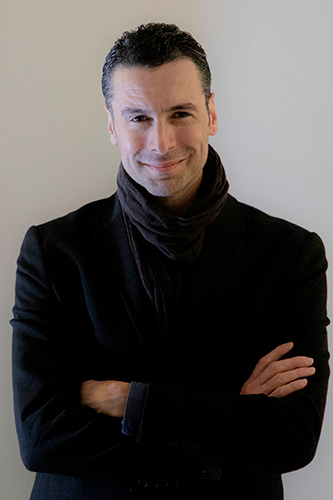Savaş Onur Şen is a Turkish photographer based in Van. He has graduated from Ankara University Faculty of Communication, Department of Journalism. He has taken his master's degree in photography and a Ph.D. degree in photojournalism. Now he is working at Van Yuzuncu Yil University as an Assistant Professor. Savaş Onur Şen is trying to use photography to tell stories. These days he focused on the stories of the animals who live in the urban lifestyle.
Precarious
If certain lives do not qualify as lives or are,
from the start, not conceivable as lives within
certain epistemological frames,
then these lives are never lived nor lost
in the full sense.
Judith Butler
Current laws and regulations do not adequately protect the animals in Turkey. Violence, especially against stray animals, is increasing due to the lack of an animal rights law demanded by animal lovers and sensible groups. It is possible to see the traces of the rising vio-lence in mainstream and social media. Almost every day, we come across news of rape, torture, violence, and abuse, especially against stray animals. This situation also causes conflicts between people who are sensitive to the issue and are against feeding stray animals.
It is said that there are over 20 thousand stray dogs in the city where I live. Although I don't have the chance to reach all of them, I have been feeding several stray dogs for many years and trying to find solutions to their problems. While doing this, I have also been taking photos of them for the last two years.
"Precarious" is the first significant part of my work on stray dogs. This work aims to present an epistemological framework for the lives of stray dogs.
